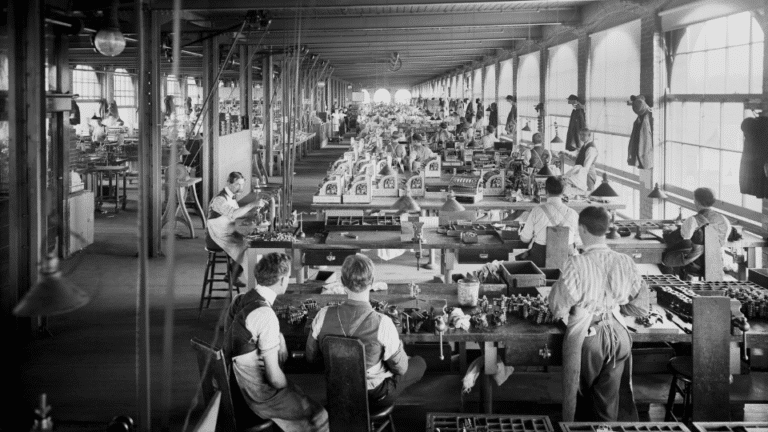What is Frugal Innovation?
Frugal innovation, often described as “jugaad” in India, is the art of creating affordable, accessible, and resource-efficient solutions. It emphasizes making more with less—developing products and services that deliver quality and impact while remaining financially and environmentally sustainable.
The term gained prominence through Sam Pitroda, founder of C-DOT, who revolutionized India’s telecom sector by building an extensive network of low-cost, public phone booths. His vision continues through his leadership of India’s National Innovation Council, aiming to make India a global hub for innovation by 2030.
Frugal innovation is not just about cutting costs—it is about rethinking design, processes, and purpose to serve more people while consuming fewer resources.
Why Frugal Innovation Matters Globally
Originally rooted in emerging economies, frugal innovation now resonates worldwide.
- In developing countries, it addresses social challenges—poverty reduction, healthcare access, education, and sustainable mobility.
- In developed countries, especially during times of economic stagnation or crisis, it offers an alternative to unsustainable R&D costs and wasteful innovation cycles.
The Challenges of Traditional Western Innovation
- Too expensive – Global R&D spending exceeded $2.5 trillion in 2022【source: OECD】, with diminishing returns for many industries.
- Too exclusive – Innovation is often limited to engineers and researchers, targeting only high-end markets, leaving “non-customers” underserved.
- Too slow – Rigid processes and bureaucracy delay real-world impact.
Frugal innovation proposes an alternative: agile, inclusive, and resource-smart innovation.
The Three Pillars of Frugal Innovation
- Agility – Co-creation between users and designers, as seen in agile software development, but applied to hardware, healthcare, and consumer products.
- Inclusiveness – Drawing ideas from employees, suppliers, customers, and even non-customers.
- Ingenuity over complexity – Prioritizing simple, clever solutions over heavy engineering.
This mindset aligns closely with open innovation, which encourages collaboration across industries, startups, universities, and even citizens.
Modern Examples of Frugal Innovation
1. Space Exploration: India’s Mangalyaan
India’s Mars Orbiter Mission (Mangalyaan) cost just $74 million, a fraction of NASA’s $671 million Maven mission【NASA】. By reusing existing technology, India demonstrated how even space programs can embrace frugality.
2. Affordable Healthcare
3. Energy Access
- Schneider Electric’s BipBop Program develops off-grid energy solutions like In-Diya solar lighting, empowering rural communities.
- M-KOPA (Kenya) offers pay-as-you-go solar kits for households without electricity【M-KOPA】.
4. Mobility & Automotive
- Dacia by Renault pioneered frugal engineering for Europe, producing reliable, low-cost cars.
- Tata Nano, though commercially limited, symbolized ultra-affordable car design. Today, Tata invests in low-cost EVs for India’s growing market【Tata Motors】.
- BYD (China) produces affordable electric buses, transforming public transport sustainability【BYD】.
5. Digital Inclusion
- One Laptop per Child (MIT) pioneered affordable computing, though the project faced hurdles. Today, initiatives like Raspberry Pi continue this mission by offering $35 computers【Raspberry Pi】.
- Jio (India) disrupted telecom with ultra-cheap data, enabling digital inclusion for 400+ million people【Jio】.
The Future of Frugal Innovation
Frugal innovation is no longer a niche—it is a global necessity. In an era of climate change, economic uncertainty, and widening inequality, businesses and governments must embrace frugal practices to remain relevant and sustainable.
Key trends to watch:
- Circular economy: Designing products for reuse, repair, and recycling.
- AI-driven frugality: Leveraging low-cost AI to optimize supply chains and healthcare diagnostics.
- Grassroots innovation: Empowering local communities to create their own solutions.
As Sam Pitroda said, innovation should “solve the problems of the many, not just the few.”
Conclusion
Frugal innovation is about rethinking value creation—offering high-quality, sustainable, and affordable solutions. From healthcare to space exploration, from rural Africa to European cities, it is reshaping industries and societies.
The companies and governments that master frugal innovation will not only cut costs but also unlock new markets, inclusivity, and resilience in a rapidly changing world.










